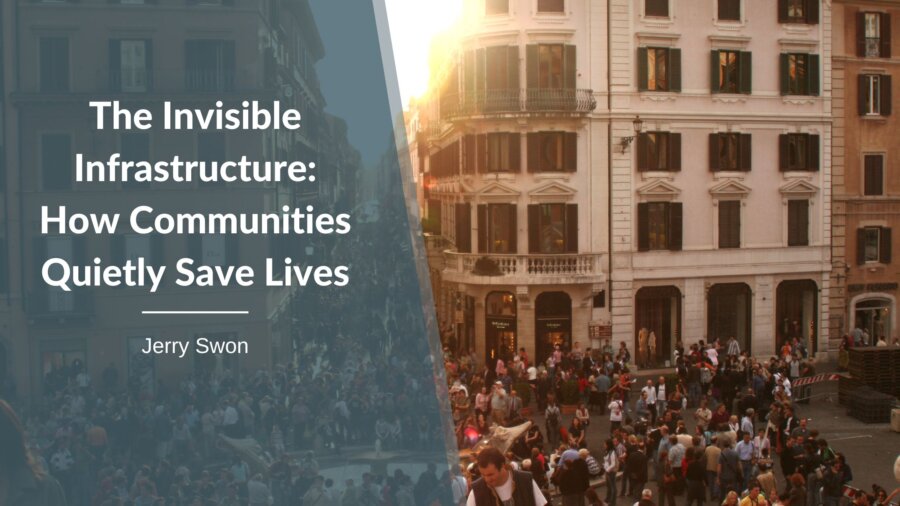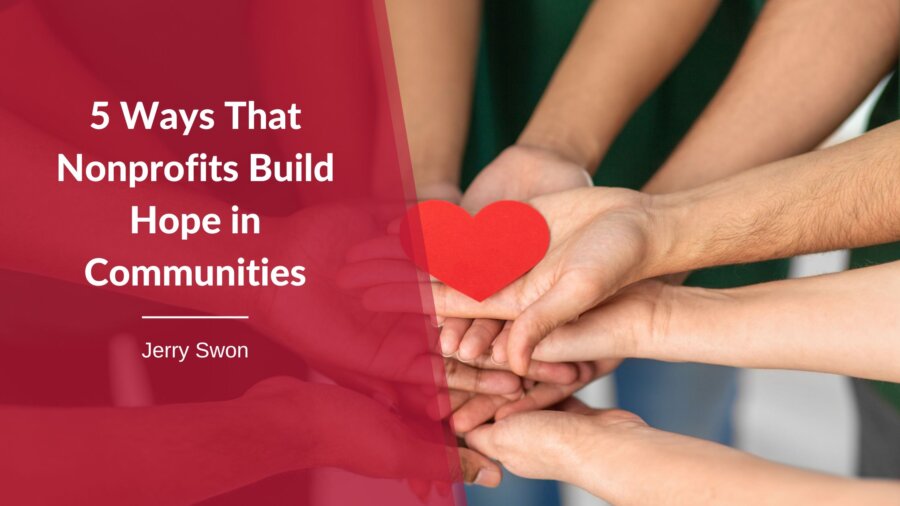Community isn’t just a nice-to-have social construct—it’s the invisible infrastructure that sustains us during our darkest moments.
When Hurricane Maria devastated Puerto Rico in 2017, official disaster response systems were overwhelmed. In the critical gap between catastrophe and institutional aid, it was community networks that kept people alive. Neighbors checked on the elderly, shared generators, distributed water, and turned community centers into makeshift hospitals. Similar stories emerged after disasters from New Orleans to Nepal.
This phenomenon extends beyond disasters. Research from Brigham Young University revealed that strong social connections improve our odds of survival by 50%—comparable to quitting smoking and twice as beneficial as exercising regularly. Meanwhile, social isolation creates mortality risks equivalent to smoking 15 cigarettes daily.
Yet we rarely discuss community as essential infrastructure—as crucial as roads, electricity, and internet access. Instead, we treat it as a pleasant but optional aspect of human experience, allowing it to erode through neglect.
This invisibility creates a dangerous blindspot. When community connections weaken, we lose our most reliable safety net precisely when institutional systems are most likely to fail.
The science behind community resilience is compelling. Studies show that neighborhoods with stronger social connections recover more quickly from disasters, experience lower crime rates, and demonstrate better health outcomes. A landmark study in Chicago found that the single strongest predictor of a neighborhood’s resilience during a deadly heat wave wasn’t wealth or government services—it was the strength of social bonds between residents.
Building this invisible infrastructure requires intention. Unlike roads or bridges, community connections don’t materialize through government funding alone. They’re built through small, consistent actions that create networks of mutual support and trust:
Community meals that bring diverse neighbors into conversation. Skills exchanges where residents share knowledge across generational and cultural divides. Public spaces designed to facilitate spontaneous interaction rather than efficient movement. Formal and informal systems for checking on vulnerable community members. Local rituals and traditions that create shared identity and belonging.
A neighborhood organization I worked with in Detroit transformed community resilience by implementing a simple practice: monthly potluck dinners hosted in different homes each time. When severe flooding hit the area, these seemingly social connections became critical emergency infrastructure—residents already knew which neighbors had medical needs, who had useful skills, and how to coordinate an immediate response.
The most effective community-building initiatives recognize that connection isn’t just about feeling good—it’s about creating resilient human systems that function when formal institutions become overwhelmed or inaccessible.
As climate change increases the frequency of extreme events and economic volatility creates new vulnerabilities, strong communities aren’t just nice to have—they’re essential survival infrastructure.
The question isn’t whether we can afford to invest in building community connections. It’s whether we can afford not to maintain this critical infrastructure that quietly saves lives when everything else fails.










